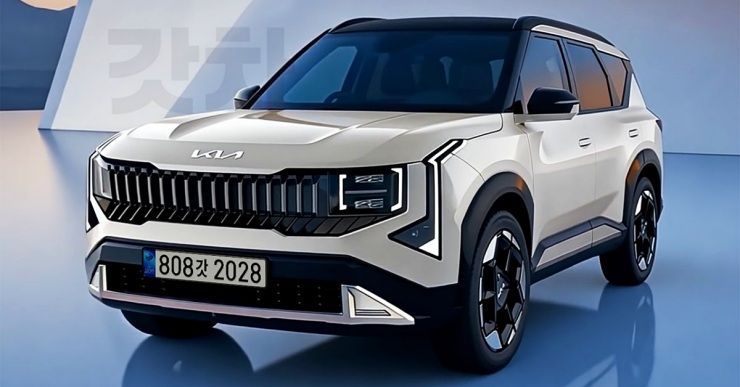All-New Kia Seltos Hybrid: Why You'll Have To Wait For Longer!


The Kia Seltos Hybrid, expected to join the company’s global SUV by 2027-28, may see its production start pushed from January to April that year. TheKoreanCarBlog sources point to a mix of pricing concerns, production readiness, and shifting market conditions as reasons for the possible delay. The development is relevant for India too, as the Seltos is a key model in Kia’s local portfolio and any hybrid version will form part of the brand’s wider electrification plans for the market.

Since its launch in 2019, the Kia Seltos has been a strong seller globally, crossing one million units and recording around 300,000 sales in 2024 alone. In India, the Seltos remains one of Kia’s biggest volume drivers, competing directly with the Hyundai Creta, Maruti Grand Vitara, Toyota Hyryder, and Honda Elevate. The hybrid version will therefore have to find space in a segment that already has strong petrol-hybrid contenders from Maruti and Toyota.
Early estimates suggest the Seltos Hybrid could be priced in the low to mid-29 million KRW range, or about ₹18–19 lakh before taxes if imported. In the Korean market, this places it close to the Hyundai Kona Hybrid.
For India, local assembly or production would be essential to keep pricing competitive, given that hybrid variants of rivals like the Grand Vitara and Hyryder start at around ₹16 lakh ex-showroom. Kia appears to be using the extra time to assess whether the hybrid can be priced aggressively enough or will it be too expensive to make a dent.

The Seltos Hybrid will mark a change in Kia’s production strategy. Instead of building all units at Gwangju Plant 1, the hybrid will also be produced at Hwaseong Plant 2. This second facility has been primarily used for electric vehicle production, but slower global EV sales have left it underutilised. Adding hybrid production here could help stabilise output while freeing up capacity for the standard Seltos at Gwangju.
For India, this dual-plant arrangement could influence how quickly hybrid units can be supplied once the model is cleared for local sale. Hwaseong will require hybrid-specific upgrades, including new lines and equipment suited to the 1.6-litre GDi hybrid powertrain. Three plant shutdowns, totalling around eight weeks, are planned for this work. These upgrades are among the reasons production might start later than originally planned.

Hybrids remain an important part of Kia’s strategy worldwide. Models like the Sorento have shown that buyers are increasingly open to fuel-efficient powertrains. In 2025, hybrids made up over 70 per cent of Sorento sales. In India, the shift toward hybrids is also gathering momentum, with mid-size SUVs from Maruti and Toyota seeing strong demand in urban markets.
The Seltos Hybrid will complete Kia’s SUV hybrid portfolio alongside the Niro, Sportage, and Sorento globally. While final details are yet to be confirmed, the expected 1.6-litre GDi hybrid engine and a possible e-AWD option suggest Kia will aim for a balance between efficiency and versatility, which could appeal to Indian buyers who want lower running costs without sacrificing practicality.
Adding a hybrid system to an existing SUV is not a simple process. It involves integrating the petrol engine with an electric motor, battery pack, and control electronics, all of which require rigorous testing. Kia’s decision to slow the timeline suggests it is prioritising engineering validation and manufacturing readiness over a quick launch. The all-new Seltos will be first strong hybrid Kia car for the Indian market. From the looks of it, Kia wants to play it safe and get it absolutely right.